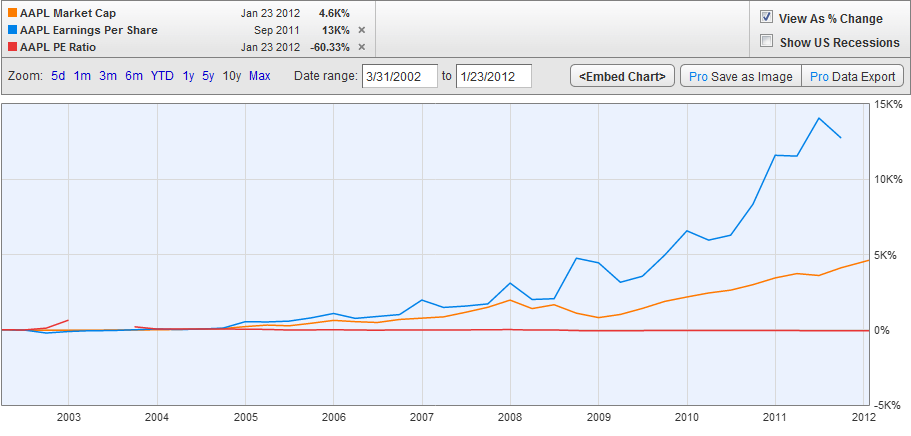All stocks start with an IPO. It is a well known fact that some of them build their investors an enormous wealth over time. $SBUX for example is up 7800% since its IPO 20 years ago. $PNRA is up 2450% since its IPO 11 years ago. There are countless other examples, but is buying on the IPO day a wise choice?
For most retail traders, who by default don’t have access to initial offerings, blindly buying IPO stocks when they become available is a losing proposition.
You have to understand the incentives behind IPO offerings. There are so many willing suppliers of stocks: from the VCs, who want to bring back some money after years of waiting; to employees, who are in a hurry to taste their newly acquired wealth; to investment banks that are looking for a quick flip. This is why, most new issues are not a good investment during the first 6 to 12 months of their existence, when the lockup period expires.
If you take a look at the charts of most of the long-term big winners, you would notice that the majority of them didn’t have any traction in their first year of becoming a public company. There are some rare exclusions, like $GOOG for example. The odds of investment success are better if you wait out the first 6 to 12 months and buy as a stock is breaking out to a new all-time high, preferably with earnings catalyst behind the move.
Most new issues might not be a wise investment, but many have proven to be perfect trading vehicles due to their underlying nature – small float and intriguing story, which fascinates the mind with its potential, encourages the dreams of future profits and gets all the press attention. As such, they could offer great short-term trading opportunities.
Make sure you don’t overstay your welcome. It is perfectly appropriate for many of the new stocks that go up substantially in a short period of time, to issue secondary offerings and dilute current shareholders. Wall Street is a printing press and a marketing machine. It carefully gauges the health of the market and the current appetite for certain industries and at the end of the day, it offers what the market desires. The supply is unlimited.
Here is my list of the hottest IPO issues of the past year: $INVN $UBNT $IMPV $BODY $BCOV $JIVE $ZNGA $FRAN $KORS $TEA $TNGO $FIO
Let me know if I missed any, deserving my attention.
